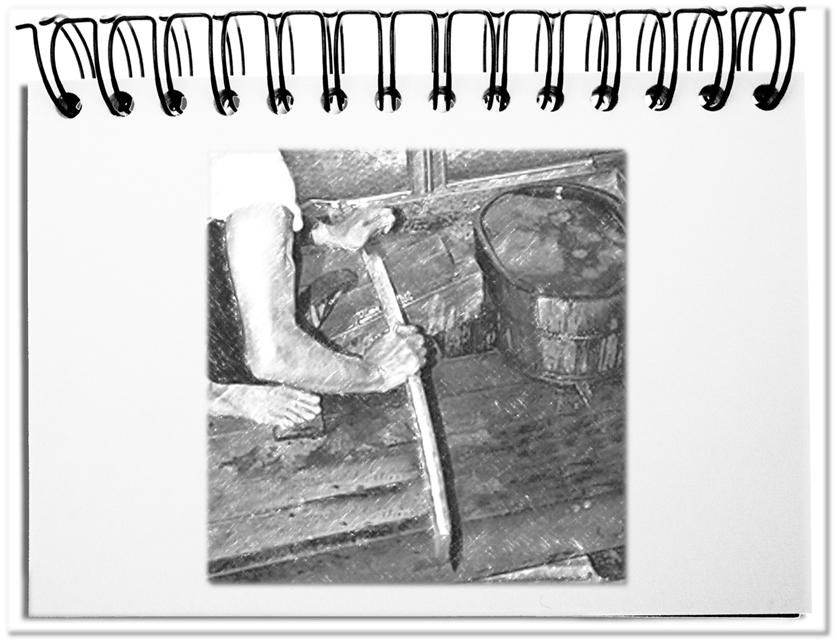Since everybody is latently connected with everyone and is exchanging constantly data, we have to deal with too much of too many. Per minute almost 200 million emails are sent, 50 million messages are transmitted and more than six hours of video material are uploaded to YouTube. Nearly one third of the world’s population uses Facebook, 2 billion YouTube and even more than 300 million LinkedIn. The call for more information is still ongoing, even though users are looking for filters to handle the increasing amount of data. At the same time the information bubbles are perceived as disturbing. We need a new vantage point that allows us to keep the overview.
In the end, it’s all about triggering appropriate activities that take you further towards the desired future. The following aspects create a new perspective.
- Accepting dynamics
The more data that pours down on you within a moment, the more volatile are the insights that can be derived from it. It remains to be seen to what extent scientific studies are able to generate timely propositions before conditions are moving on to change. Already today, many results cannot be implemented because too many studies are being developed. At the same time, never trust any investigation that you have not done yourself.
In order to continue to be able to make decisions, you have to accept the VUCA world and again form your own opinion. Developing your own thoughts and explanations, which adapt incessantly to the changing circumstances, is the maxim, in order not to fall behind due to static thinking. - It all starts with oneself
Usually explanations are searched at first in the environment. No one is an island, which leads to permanent influences from the outside. A circumspect investigation always includes considering external factors (e.g. STEP). The social, technological, economic and political framework conditions determine the scope of action. If, however, you limit yourself to that, then you would clearly miss the point. It is one’s own ideas and convictions that mostly work unconsciously.
It is anyway more difficult to achieve changes in the external environment than within oneself. Before you start wanting to change the world, it is easier to change oneself – once you have become aware of the limits. The own parameters only have to be activated by rethinking – from the responsibility of others to your own. - Overlooking the whole
More data always means more details, which often do not fit together. After entering a forest and getting closer and closer to the fauna and flora, more and more subtleties show up. If one looks at the individual aspects, the context gets lost and the forest disappears behind the individual tree, bush or moss. If you save a bush, it has little effect, without measures for the forest as a whole. The same applies to all daily tasks, which, the finer they are drawn up, the lesser they have an effect on the overarching unity.
If you look at the forest as a whole by looking at it from a helicopter, you can see relationships and building clusters. Measures taken at this altitude provide more to the whole than the detailed, endless preoccupation with the subtleties. We have to move away from the part to the whole. - Ensuring survival
Over the past centuries, the economy has learned to think big. In order to be able to afford the big things, the decision makers have learned to make decisions at the expense of the future. With the assumption that growth secures the future, the funds generated are used to expand the business. This is similar to a pyramid scheme, where the current profits pay off the debts of the previous deals. This short-term thinking ensures the bonus of decision-makers who move on, before the consequences of their decisions reach the company.
In order to maintain the business for all participants, measures are needed to ensure survival – human image of Theory-Y, organizational fitness, long-term cooperation, minimum viable product (MVP). Away from growth thinking, towards profitability.
Bottom line: In times of alternative facts (don’t trust any statistic that you haven’t falsified yourself) the question arises, how to make decisions even though the basis of the resolutions evaporates. In this context, systems thinking is a good idea. To do this, we must a) accept the dynamics, b) understand that we are primarily responsible, c) redirect our attention from the part to the whole, and d) shift the focus from growth to viability. This means for the many detail-obsessed people to dissolve themselves from the facts and to learn to fly.


